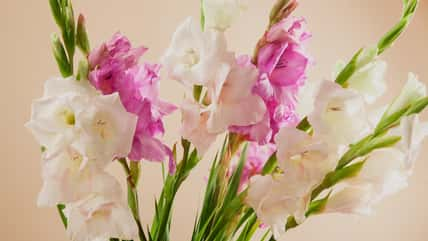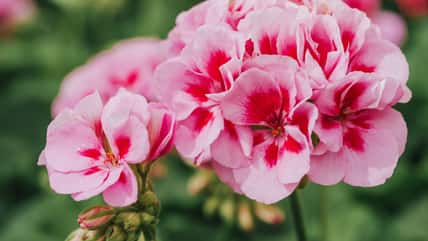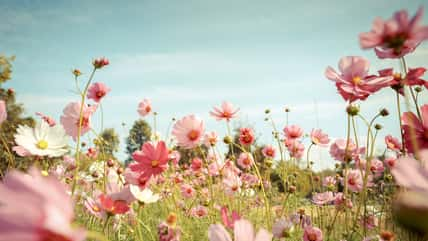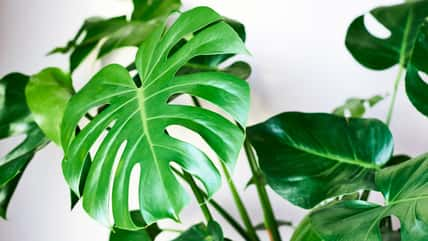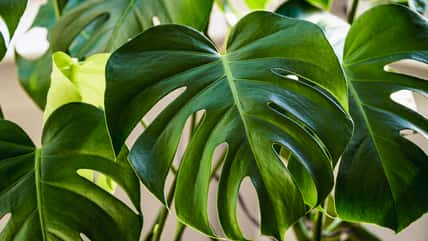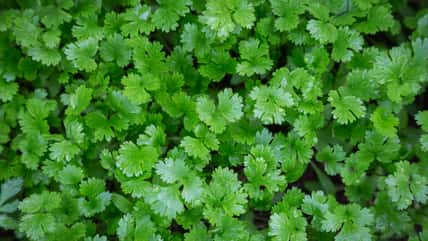Everything You Need To Know About Helping An African Violet Thrive In Your Care
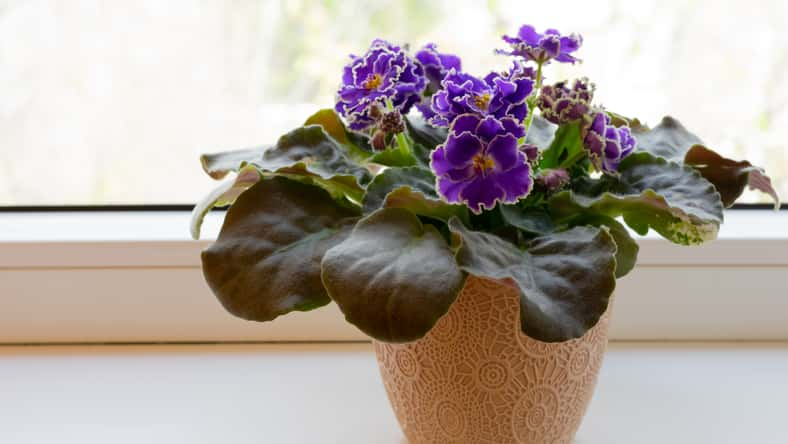
Some gardeners shy away from the African violet because of its reputation for difficulty. And admittedly, if you are a first-time plant owner, it’s understandable. But for those with a little more experience, you don’t need to be intimidated by its elegant purple blooms and exotic background.
If you just follow a few simple rules, the African violet can thrive indoors for as long as fifty years. It’s definitely worth it to put in the extra work. The African violet produces blossoms year-round, so even in the dead of winter, you’ll have a brilliant pop of color around.
Are you finally convinced to adopt an African violet? Here’s everything you need to know about helping an African violet thrive in your care.
The flower is native to eastern Africa, hailing from a tropical rainforest climate, so it is essential that you plant it in a loose, well-draining potting mix. Traditional potting soil will lead to its demise. During the spring and summer months, feed it with an African violet fertilizer every other week.
Keep it in a warm and humid environment with a temperature of 70 degrees Fahrenheit. Any lower than 60 degrees and the plant will refuse to grow. The cold is much more dangerous to the African violet than heat. It might show signs of suffering in drafty areas.
African violets do well in bright, indirect sunlight. It is common to use fluorescent lights to supplement natural lighting. Too much light exposure causes the plant to spot and turn a pale green–and too little results in thin, dark green leaves.
And now for the trickiest part, watering. The soil must stay moist with warm water, and you can’t let a drop of water touch the plant’s fuzzy leaves unless you’re doing some light misting. You also can’t let the plant sit in water, hence the well-draining soil. It’s very susceptible to root rot.
If the leaves do come into contact with water, they’ll start to develop unattractive white spots or just rot away. Like any other plant, the African violet’s leaves get dusty and dirty.
But do not use water to clean them off. Instead, gently dust them off with a soft-bristled brush. Other than that, it is recommended to refrain from touching the plant’s leaves. They sure like their space! Physical touch is definitely not their love language.
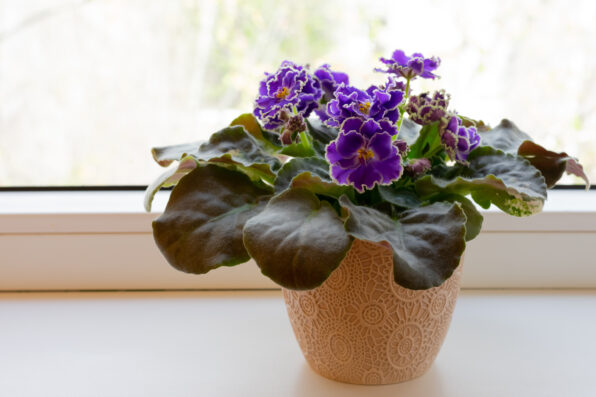
Sunny_Smile – stock.adobe.com – illustrative purposes only
If your plant isn’t blooming, don’t get discouraged. Make sure you have followed the steps for watering, lighting, humidity, and soil. African violets also like smaller pots. When they’re feeling snug in their pots, that’s when they will bloom.
After the flowers have bloomed and wilted away, remove the dead flower heads to make way for new blooms. They should make an appearance again in six weeks.
If true crime defines your free time, this is for you: join Chip Chick’s True Crime Tribe
She Was Amelia Earhart’s Flight Instructor, And The First Woman To Have An Aviation Business
Sign up for Chip Chick’s newsletter and get stories like this delivered to your inbox.
More About:Gardening
